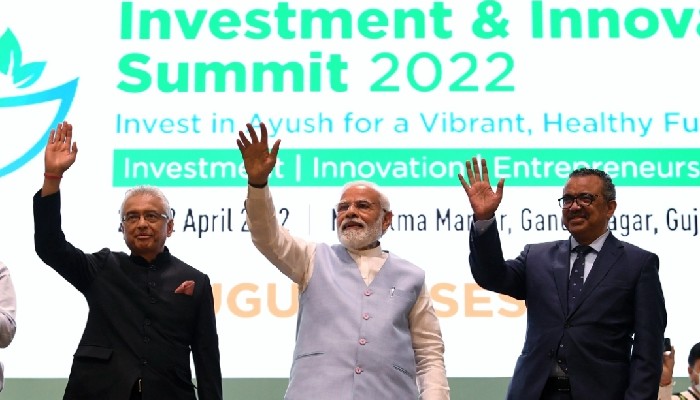There have been various studies conducted on the topic of quantum internet for the four decades now with many breakthroughs, however, until now, no one was able to successfully connect over two devices on the quantum network
For the first time in history, a team of United Kingdom based scientists led by an Indian has connected eight devices on a quantum network, bringing the quantum internet closer to reality, just like what happens in spy movies.
The Times of India has reported that a team led by an Indian scientist in Bristol has been able to develop a safe and secure, most likely ‘unhackable’ quantum network.
Siddarth Joshi, an Indian scientist at the University of Bristol led a team of 15 under the UK National Quantum Communications Hub Project, said, “This is the largest entanglement-based quantum communication network. Multinodal networks like this have not been built before.”
There have been various studies conducted on the topic of quantum internet for the four decades now with many breakthroughs, however, until now, no one was able to successfully connect over two devices on the quantum network. Therefore, connecting eight devices to the network is being seen as a big achievement which can open an array of opportunities.
“We have been able to show this on a city-wide scale. Think of how we can start connecting cities. Could we link this to a satellite? These are things we want to do?” Joshi said, explaining the scale of its success.
Quantum internet is built on the laws governing quantum mechanics which promise a secure network, the report said. Just like spy movies, when someone tries to break into the network and intercept the message, the message is destroyed before someone could hack it, the report said.
Entanglement is the key to make an efficient quantum network, the report said. A quantum network uses light particles called photons, to communicate. It relies on a process called entanglement.
Explaining the process, Joshi said, “Say, I have a deck of cards and you have another. You choose a card at random, I do too. These are different decks. The card you choose has no correlation with the one I choose.”
“But if the decks are ‘entangled’, the card you choose would be identical to the one I do,” he added.
The scientists before him were able to create similar networks but the scale was unmatched. Explaining how complex it can be, he said, “It’s like having children’s walkie talkies. One set talks to another and if you want to send a message to a third person you have to listen to the message from one walkie talkie and repeat it into the other.”
Therefore, his team used wavelength multiplexing to solve the issue, the report said.
 Contact Us
Contact Us  Subscribe Us
Subscribe Us









 Contact Us
Contact Us
 Subscribe
Subscribe
 News Letter
News Letter

